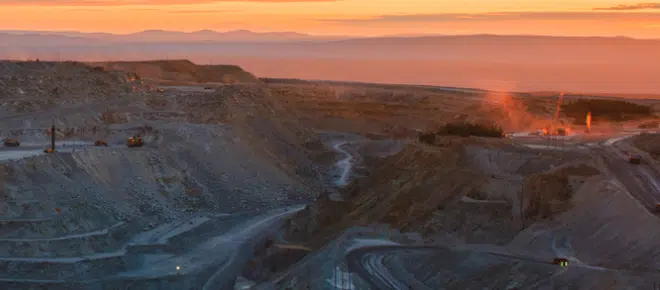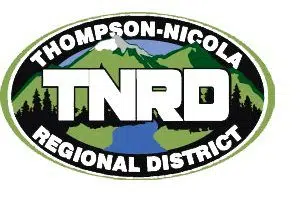
As B.C. signals strong support for moving the massive Yellowhead Copper Mine project forward, the federal government’s new fast-track law — Bill C-5 — is adding both momentum and controversy to the conversation around how quickly major mining developments can and should proceed.
Although the Yellowhead project has not yet been designated for fast-tracking under the new federal legislation, both the provincial and federal governments have now formally launched environmental assessments for the proposed open-pit copper mine, which could become one of Canada’s largest.
“This project will benefit from recent changes across the permitting system,” said B.C. Minister of Mines and Critical Minerals Jagrup Brar, referring to provincial reforms that have cut major project timelines by over 30%. “We want to move this forward as fast as we can — but not at the expense of environmental standards or Indigenous consultation.”
The Yellowhead Copper Mine, proposed by Taseko Mines, would be located approximately 150 kilometers north of Kamloops on Simpcw First Nation territory, near Clearwater and Vavenby. The project is expected to generate more than 2,000 construction jobs and 600 full-time operational jobs, potentially transforming the North Thompson region economically — and demographically.
Federal Law Raises Questions About Oversight and Speed
The provincial review comes just weeks after Ottawa passed Bill C-5, also known as the One Canadian Economy Act. Designed to accelerate infrastructure and resource projects deemed “in the national interest,” the law allows the federal cabinet to bypass certain regulatory hurdles — a move that has drawn sharp criticism from environmental advocates and Indigenous groups.
Under the act, once a project is designated as nationally significant, many of the required assessments and consultations may be declared fulfilled by default, with final conditions imposed at the discretion of ministers. While some safeguards remain — including limits on bypassing the Indian Act and Criminal Code — the law opens the door for mining, energy, and transportation projects to proceed at unprecedented speed.
Proponents argue this is a necessary response to rising geopolitical pressures, particularly economic uncertainty created by U.S. tariffs and political unpredictability. Critics call it a “threat to democracy” and warn that it undermines Indigenous sovereignty and environmental accountability.
In the case of the Yellowhead mine, Minister Brar emphasized that while the project is not currently fast-tracked under Bill C-5, it still aligns with the province’s broader push for critical mineral development — a sector vital to Canada’s transition to clean energy.
“We are the largest copper producer in Canada, and copper is essential for electric vehicles, renewable energy, and clean technology,” said Brar. “This project means long-term family-supporting jobs and economic growth for the region and the province.”
Simpcw First Nation at the Table — and Leading Its Own Review
Taseko Mines has already signed an initial agreement with the Simpcw First Nation, whose territory encompasses the proposed mine site. Simpcw has launched a separate environmental assessment, running parallel to the provincial and federal reviews.
Brar called the relationship between the company and First Nation “very positive,” adding that Simpcw’s early involvement bodes well for the project’s pace and credibility. “When government, company, and First Nation work together, we can move things relatively quickly,” he said.
The mine is expected to extract up to 90,000 tons of copper ore daily and operate for at least 25 years.
Infrastructure Concerns Mount Locally
While the economic benefits are substantial, municipal leaders in Clearwater have raised alarms about whether local infrastructure can handle the influx of workers.
Brar responded that these concerns are exactly why the environmental assessment exists — to identify pressures early and plan for housing, roads, utilities, and other services.
A Hub of Critical Mineral Development
Yellowhead joins a growing list of major copper projects in the region, including the New Afton and Highland Valley Copper Mines, which have recently expanded operations. Brar said the Kamloops area is quickly becoming a key mining hub in B.C., and Yellowhead could push that even further.
“This is a generational opportunity,” he said. “We are doing everything we can to advance critical mineral projects while ensuring they’re developed responsibly, with the full participation of First Nations and local communities.”
As the environmental assessments proceed, the spotlight will remain on whether the project can balance that ambition with accountability — especially in a political climate now shaped by sweeping new federal powers under Bill C-5.















